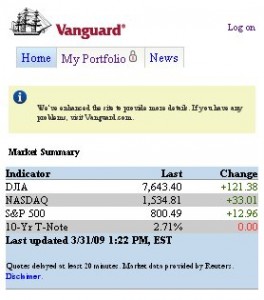Best of Q4 Blogs
It’s that time of year – best of everything, right? So why not a best of Naissance blogs? In our first 90 days, we’ve published over 30 posts. There are three I want to share as favorites. I know Mike will chime in next week with his favorites.
- Why Naissance isn’t on Facebook (for now) – A few months later, we’ve had numerous discussions about social media strategies. The conversations are interesting and pretty unique even across executives in a single industry. The best use of social media – and facebook in particular – begins with an idea of who you want to engage, what messages you can deliver to them, and how frequent you can participate. We applied that thinking to our e-Business strategy and found facebook not critical to our growth.
- Does Focusing on Performance Ever Help Fund Marketers – The more conversations we have, the more opportunity I sense for select firms to craft interesting stories and messages that do not begin with returns. Everyone knows that past performance doesn’t indicate future returns, yet few come up with interesting stories for fund families or specific funds.
- Life (insurance) is Complex – Simplifying product isn’t always the answer. Some products are inherently complex. Too often increased complexity leads to increased analysis-paralysis and stagnation. We’ve seen many firms move the needle by starting with small initiatives. This blog covers some of those complexities for life insurance that lead to indecision.
Happy New Year! Thank you for reading.






